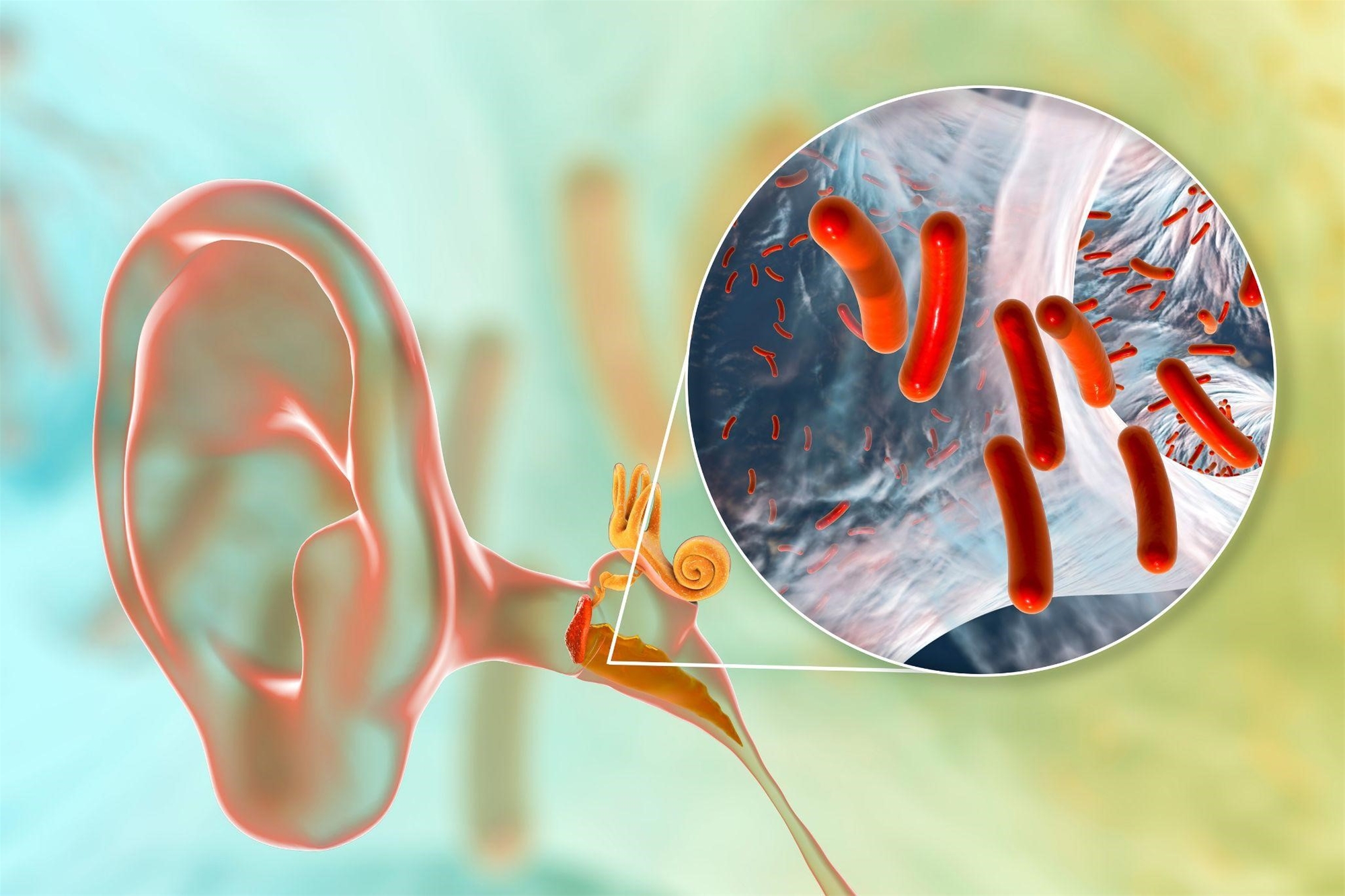Introduction
Middle ear cavity communicate nasopharyngeal cavity with eustachian tube; the eustachian tube have functions of keeping middle ear cavity ventilation, secretion and pressure modulation. Poor eustachian tube function will lead to serial middle ear disease. Therefore, eustachian tube function test is helpful to realize pathogenesis of middle ear disease.
Purpose
Lead air into middle ear cavity via eustachian tube to modulate middle ear cavity pressure and drain out middle ear exudates. Afterward, test the change of middle ear pressure to evaluate eustachian tube function.
Eustachian tube function
- Eustachian tube is closed ordinarily because of:
- contraction of elastic fibers in tube
- surrounding tissue compression
- effect of internal pterygoid muscle
- The openness of Eustachian tube is controlled mainly by tensor veli palatine muscle. Upper part of the eustachian tube has the function of ventilation; lower part of the eustachian tube has functions of drainage and secretion.
- If eustachian tube is blocked, oxygen in middle ear cavity will be absorbed, causing negative pressure, which leads to middle ear effusion in a long term.

Procedure
- Inspectors put probe into external ear canal
- Ask patients to swallow saliva
- Check the pressure in ear canal from probe, repeat the procedures several times.
Matters needing attention after test
Most patients won’t feel illness, but if any of the following complications occurs, please notify medical care personnel.
Complication
- There are no serious complications.
- Few patients may have aural fullness or reflective cough.

